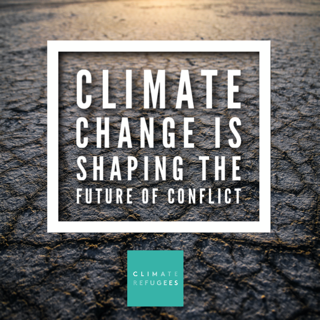Heat and Humidity Extremes Exceeding Limits of Human Survival
The study shows the dangerous new levels are happening now and come 50 years earlier than expected in another new study published last Friday, led by Columbia University. Researchers at NASA, UK’s Loughborough University and Columbia University examined global surface temperature data from nearly 8,000 weather stations using wet bulb readings to find dangerous spikes in heat waves that will make certain parts of the Earth uninhabitable, spurring “climate refugees” and threatening global security. Unlike previous research that looked at multiple points over large areas across the world, this study looked at hyper-local wet bulb temperatures, getting a more accurate picture of localized spikes that were not expected until at least 2070. Local instances of extreme humid heat doubled from 1979 to 2017, and brief spikes that usually lasted an hour or two at a time are now expected to become more frequent as global temperatures rise. Southeastern US States are a hotspot for temperature spikes as are coastal regions of the Middle East, India, Bangladesh, Pakistan, northwestern Australia and Red Sea border regions and the Gulf of California, and show how climate change is affecting human life now, outside of a pandemic, and well before expected. (NBC)








